How to feed a red-eared turtle?

Recently, it has become very fashionable to have the most exotic species of animals as pets. Many people prefer to keep all kinds of reptiles at home. Large and small turtles are also in great demand, since they are the most unpretentious in care and diet and are completely safe for others. The red-eared turtle is also a rather rare species of reptile, and at the same time is considered a devoted pet.
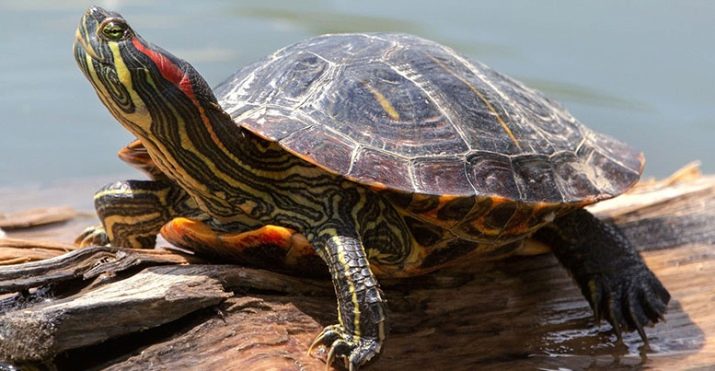
Animal feed
This kind of exotic specimen will have to select the most correct nutrition. If you follow all the conditions for keeping this rare turtle in your home, your pet will always feel great and live in your family for a rather long time. In a pet store from a specialist, you can get a complete list of useful products for nutritious nutrition of turtles at different periods of their life.
At a young age, these waterfowl turtles are carnivores, but a little later they switch to food of plant origin and calmly eat all kinds of vegetables and fruits. At a young age, babies need many different vitamins, especially calcium and all kinds of amino acids. This kind of set will allow them to develop qualitatively.
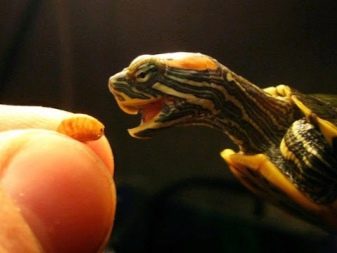
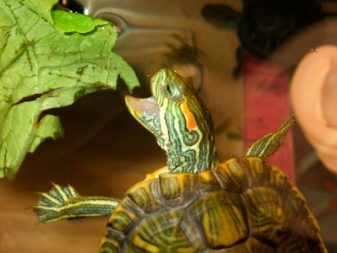
Adult pets, with adequate nutrition, save their energy and are able to diligently accumulate it. Juvenile turtles usually have a great appetite and are prone to severe overeating for this reason. When organizing food, this must be taken into account.The task of the owners of this kind of reptiles is to provide their exotic animal with the most balanced diet. Pet stores sell specialized food for such turtles, but still experts advise to additionally diversify the diet of a slow pet and feed them with food that will be close to food in their natural habitat.
Sometimes turtles are advised to give meat such as beef, chicken, horse meat, preferably boiled and finely chopped. Fish can be considered a favorite food for any reptile living in the aquatic environment. It can be given boiled, or raw. To do this, you can purchase fresh frozen fish, defrost it well and only then give it to the turtle.
But at the same time, it is also important to know that you should not give turtles fatty fish, otherwise your pet will have a digestive system disorder.
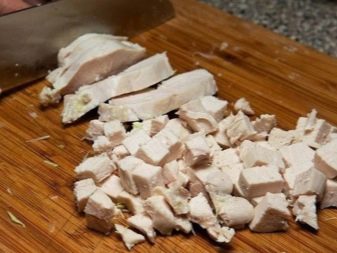
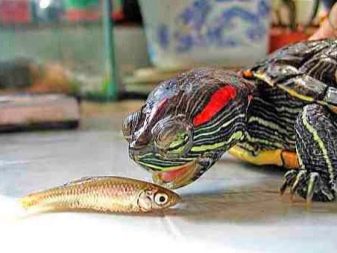
Small snails, shrimps or even squid can become a real treat for red-eared turtles that are kept in the aquarium. They also love daphnia and freshwater crustaceans. All kinds of insects will also become an excellent variety of food for them: crickets or grasshoppers, the most important thing is that they are non-poisonous insects.
A mealworm, which is sold in pet stores, is also perfect; it can be purchased to feed the turtle in winter. Dried, and ideally live Gammarus must be included in the diet of an exotic pet. Only low-fat cottage cheese can be offered from dairy products.
Turtles under 2 years of age should be fed twice a day. Adults will need to be fed once every 2-3 days.
It is best to feed your pets in a shaded area using a litter box and only give them the freshest and warmest food.
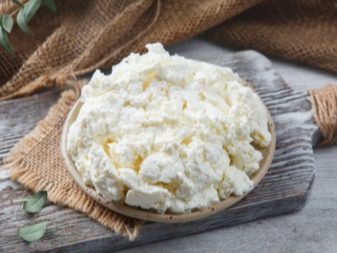
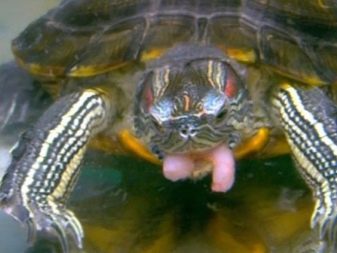
Plant feed
Plant foods should ideally make up at least 60% of the diet of these rare species of turtles. Adult specimens will willingly eat algae.
Also, reptiles will not refuse fresh dandelion leaves, juicy cabbage or lettuce, fragrant clover, lush carrot or beet tops. Without fear, they can even be offered lawn grass, coltsfoot leaves, oats and sprouted barley... They also like to eat houseplants like hibiscus and aloe, basil and hyacinth. Red-eared turtles can eat beans, raw seeds.
Give your pet vegetables and fruits in dosage. Sweet plums, tender apples, soft pear, juicy banana, peach and mango must first be cut into small pieces and then offered to your pet as a treat.
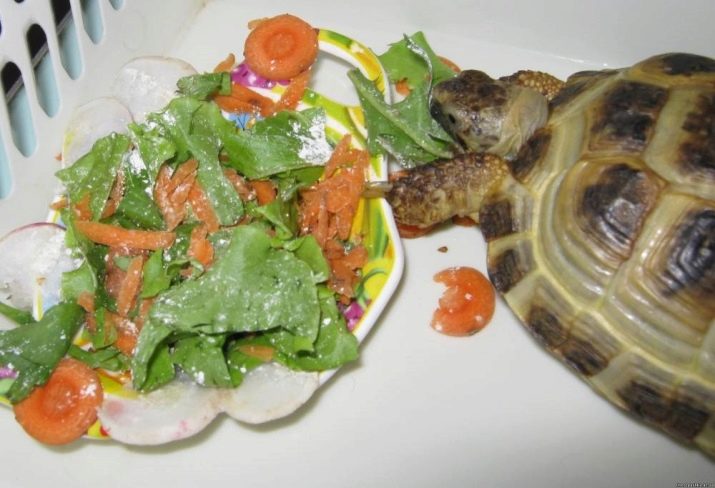
You should also plant duckweed or spirogyra, watercress and other algae that grow in ponds in the aquarium. Turtles will not let these plants grow even a little in the aquarium - they are eaten almost instantly.
The diet of red-eared turtles must include bell pepper, it is also good to add cucumbers, zucchini or eggplant. As complementary feed goes well broccoli or celery.
Finely cut pieces of mushrooms such as crispy champignons, soft russula can also be given to pets, but not more often than 1 time in a couple of weeks.
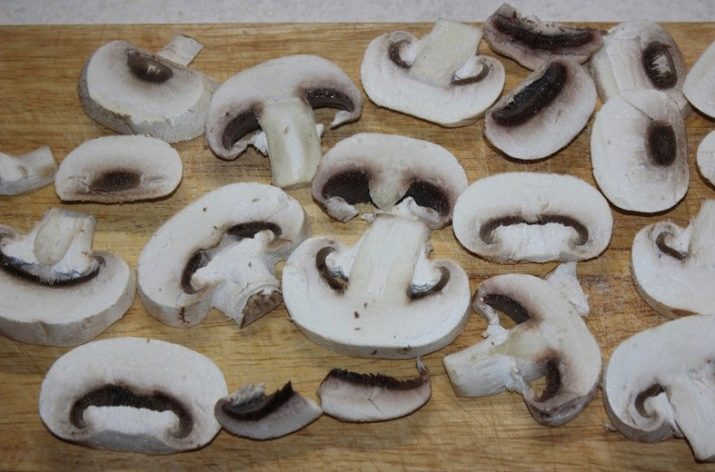
Artificial feed
In pet shops, owners of exotic animals are offered a large selection of various diets for both land pets and aquatic specimens. This kind of food can be sold in compact capsules or granules, and also in tablets or flakes. Such special food will not always meet the needs of the turtles, for this reason it is better not to feed this reptile with dry rations only.
Most often, the diet for adult turtles is a kind of modified diet for aquarium fish.... Some individuals will be irritated by a too strong aroma coming from the food, and they may defiantly refuse to eat.There are also diets on the market in which the calcium, vitamins and proteins present will not compensate for the daily requirement of the turtles. However, some individuals happily eat only this food, alternating with aquatic plants.
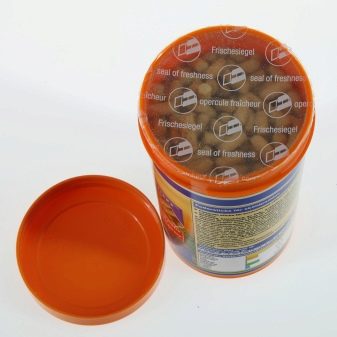

It is worth knowing that pets under the age of 1 year should not be offered dry food too often. All the elements necessary for life can be obtained only with a nutritious diet of 100% natural products.
It is best to offer food to turtles in the morning or in the morning.... The timing is due to the fact that these pets lead a predominantly daytime lifestyle, and until evening comes, food is absorbed better. It is advisable to give your pet food at the same time. Compliance with the regimen will promote excellent digestion and make it easier to maintain a clean aquarium.
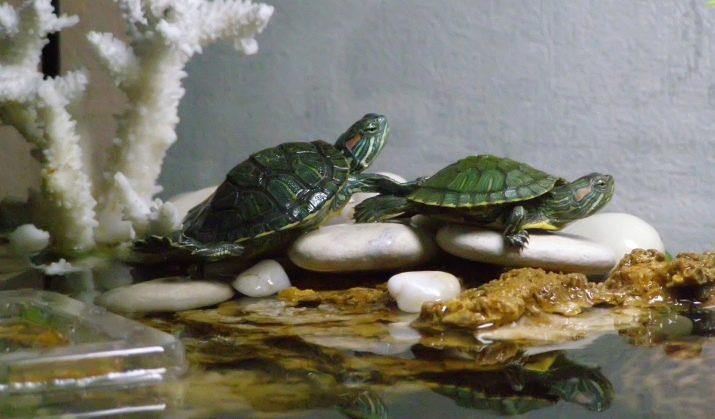
Are mineral and vitamin supplements needed?
In small turtles, the bones of the skeleton are formed and the shell grows, therefore they constantly need such an element as calcium. Every day, carefully crushed bone meal should be added to the reptile's food. For kids, just one pinch of this flour is enough, but for adult specimens it is worth adding 1 teaspoon of this flour to the main food every 7 days.
Bone meal today can be easily purchased in specialized stores. Also, the daily requirement of a reptile for calcium can be guaranteed by adding finely crushed egg shells to the food.
Specialized vitamins for turtles should be given with food in the dosages indicated on the product box. Fortified feeds have a short shelf life, so you should not give them to turtles after their expiration date. It is worth knowing that the amount of vitamins and useful elements can directly depend on the age parameters of the pet itself and on the rations with which you feed it.
Young specimens under 1 year of age are best served with plant-based foods and artificial feeds. The feeding process can be done every day.
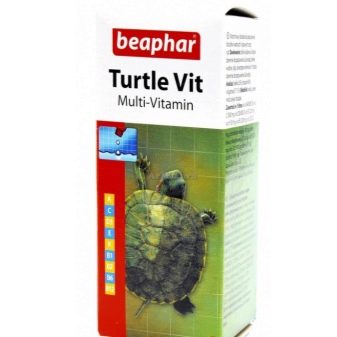
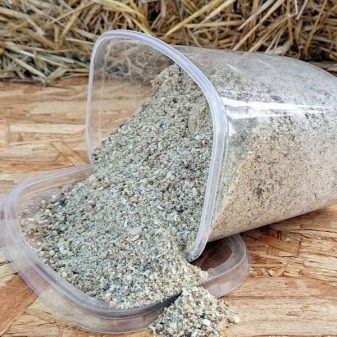
Individuals from 1 year old and a little older can be fed in a day. If your turtle chooses mostly plant foods, it is best to feed it once a day. The amount of such food will also depend on the age of the animal.
What can not be fed?
Turtles will not do well with food from the host's table. In principle, turtles will not refuse to feast on food that is intended for other animals, but you should know that it will not bring any benefit to your reptiles. Also, you can not feed reptiles with citrus peels, offer pets berries with seeds.
Spinach and peas contain a significant amount of oxalates in their compositions, which can result in the appearance of some dangerous diseases in pets. Care should be taken to give your pets sea fish - it is too fat for this rare species of turtles.
Tomatoes interfere with calcium absorption, which can negatively affect bone formation in very young turtles. Citrus fruits are generally prohibited as food for turtles. Bread is also not worth feeding them.
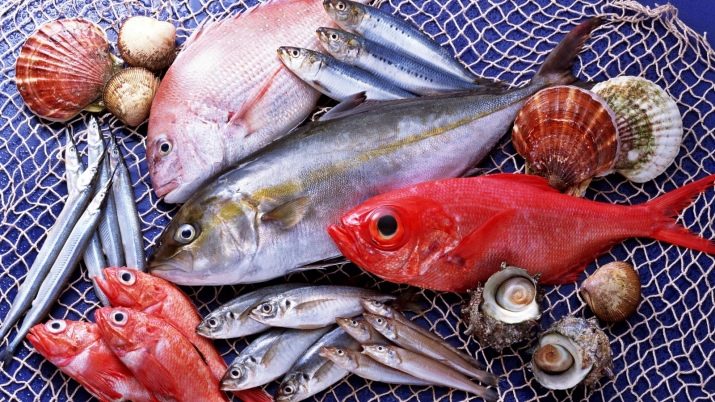
Correct feeding can be considered the main condition for the full development of rare red-eared turtles. Each owner of such an exotic animal must responsibly select food for him and offer for nutrition those products that the turtle likes and those that will be useful to her.








